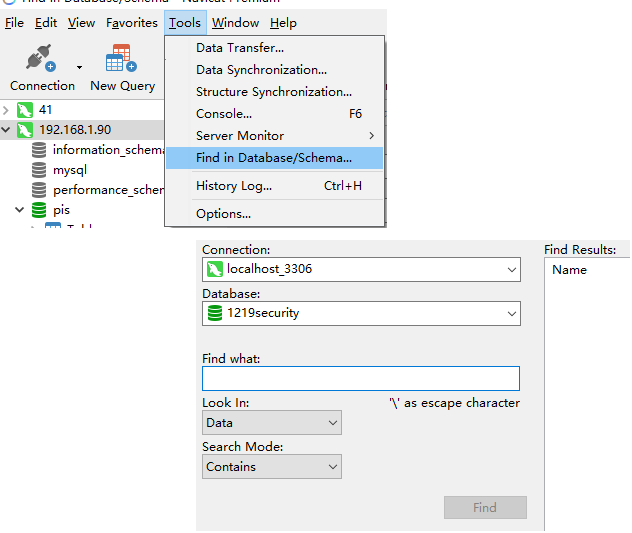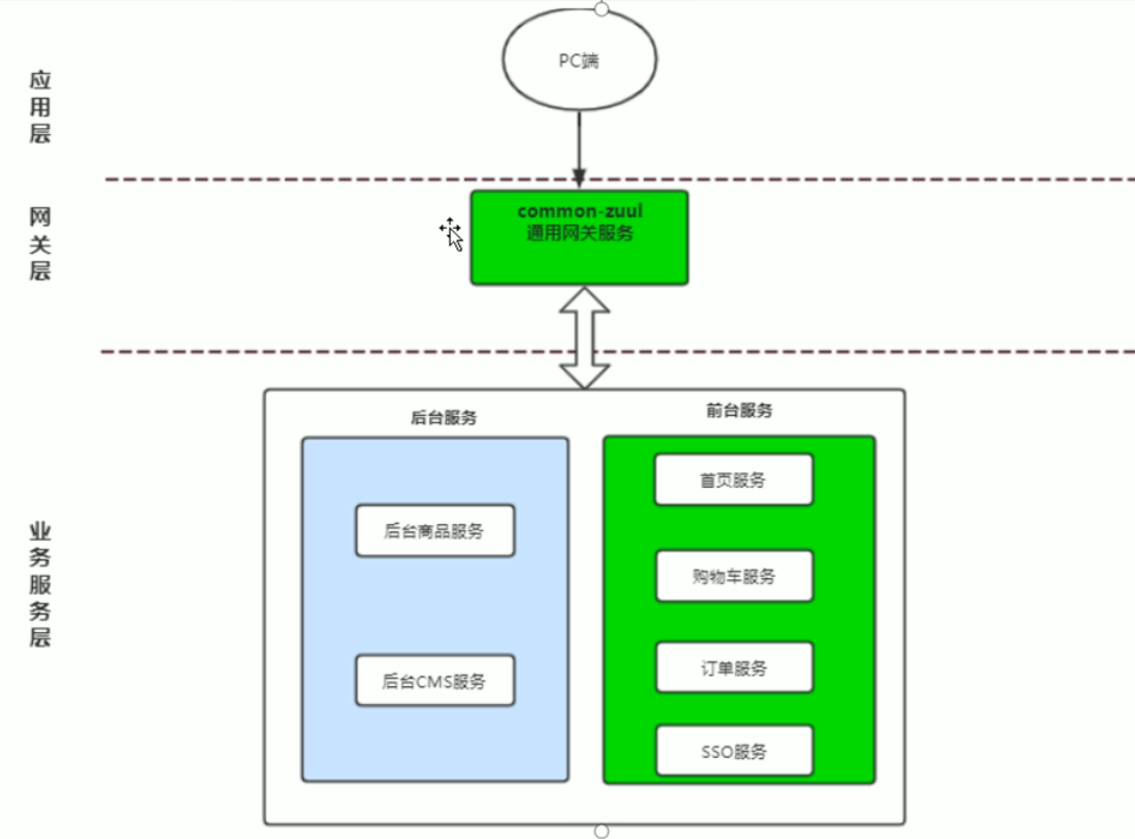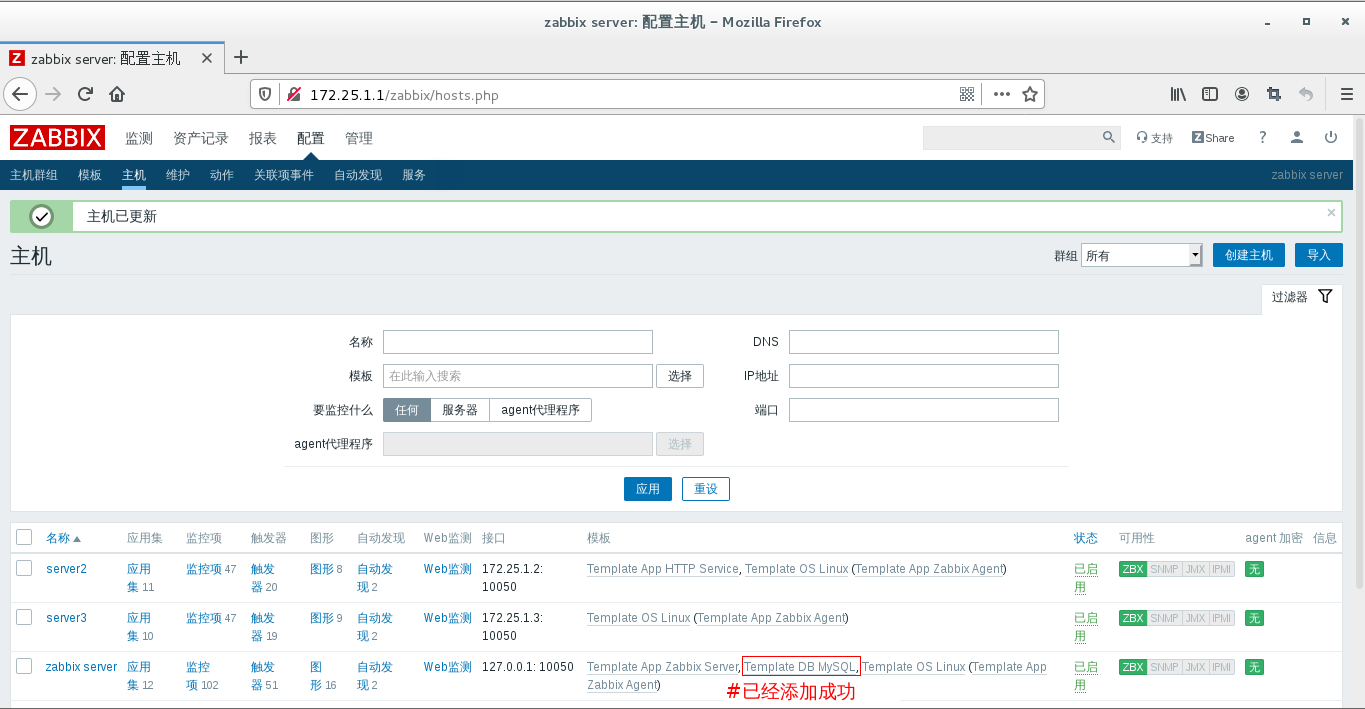[options]; addons模块的查找路径addons_path = E:\GreenOdoo8.0\source\openerp\addons; 管理员主控密码(用于创建、还原和备份数据库等操作)admin_passwd = admin; 自动重载?auto_reload = None; 用于导入导出的csv文件的默认分隔符csv_internal_sep = ,; data目录, 用于存放session信息、附件data_dir = data; 数据库主机名db_host = 127.0.0.1; 数据库的最大连接数db_maxconn = 64; 指定要使用的数据库名db_name = False; 数据库用户密码db_password = openerp; 数据库端口号db_port = 65432; 创建新数据库时使用的数据库模板db_template = template1; 数据库用户名db_user = openerp; 过滤要显示的数据库名称dbfilter = .*; 是否为调试模式debug_mode = False; 哪些模块加载demo数据?demo = {}; 用于发送邮件的邮箱地址email_from = False; 在导入大量数据时使用这个选项, 如果在导入期间程序宕机, 你可以在当前状态下继续。指定一个存储中间导入状态的文件名。import_partial = ; 一个处理器允许使用的最大物理内存limit_memory_hard = None; 一个处理器允许使用的最大虚拟内存limit_memory_soft = None; 一个处理器接受的最大请求数limit_request = None; 一个请求最多占用多少处理器时间limit_time_cpu = None; 一个请求允许的最长实时时间limit_time_real = None; 是否允许显示数据库列表list_db = True; 是否将log写入db的ir_logging表log_db = False; 可以是一组module:log_level对, 默认值是:INFO(表示所有模块的默认日志级别为INFO级别)log_handler = :INFO; 日志的级别, 可选值包括debug_rpc_answer, debug_rpc, debug, debug_sql, info, warn, error, criticallog_level = info; 指定用来存储日志的文件logfile = openerp-server.log; 是否按天存放日志logrotate = False; 长连接池使用的端口号?longpolling_port = 8072; 处理当前计划任务的最大线程数max_cron_threads = 2; 强制保存在virtual osv_memory表中的记录的最长时间,以小时为单位osv_memory_age_limit = 1.0; 强制一个virtual osv_memory表的最大记录数osv_memory_count_limit = False; 数据库可执行文件的路径pg_path = runtime/pgsql/bin; 存储服务器pid的文件名pidfile = None; 是否使用反向代理模式proxy_mode = False; 是否压缩报表reportgz = False; 指定用于SSL连接的证书文件secure_cert_file = server.cert; 指定用于SSL连接的主密钥文件secure_pkey_file = server.pkey; server范围的模块,以逗号分隔server_wide_modules = None; 发送邮件的SMTP用户密码smtp_password = False; SMTP端口号smtp_port = 25; SMTP服务器名smtp_server = localhost; SMTP服务器是否支持SSL协议smtp_ssl = False; 发送邮件的SMTP用户名smtp_user = False; 是否把日志发送给系统日志服务器syslog = False; 是否提交YAML或XML测试造成的数据库更改test_commit = False; 是否允许YAML和单元测试test_enable = False; YML测试文件test_file = False; 报表的范例的存放位置test_report_directory = False; 为系统提供一个参照的时区timezone = False; 哪些模块可翻译, 默认为alltranslate_modules = ['all']; 是否使用数据库的unaccent功能unaccent = False; 在安装时哪些模块不加载演示数据without_demo = False; 要使用的处理器数量workers = None; 是否禁止使用XML-RPC协议xmlrpc = True; 指定使用XML-RPC协议的IP地址,为空时表示绑定到现有IPxmlrpc_interface = ; XML-RPC协议使用的TCP端口xmlrpc_port = 8069; 是否禁止使用XML-RPC安全协议xmlrpcs = True; 指定使用XML-RPC安全协议的IP地址,为空时表示绑定到现有IPxmlrpcs_interface = ; XML-RPC安全协议使用的TCP端口xmlrpcs_port = 8071openerp-server.conf for OpenERP 7 explainedubuntu中OE的配置文件默认在目录: /etc/openerpHere are the options that you can use in your openerp-server.conf file to tweak your OpenERP 7 installation.In one of my previous posts Install OpenERP 7.0 from trunk I’ve written how to start your server with a start scrip just changing the ports and all other default settings. You can also start your server with a specified config file with -c command../server/openerp-server -c /path/to/openerp-server.confHere is the config file spitted into parts for easy understanding.Server startup config – Common options# Admin password for creating, restoring and backing up databasesadmin_passwd = admin# default CSV separator for import and exportcsv_internal_sep = ,# to compress reportsreportgz = False# disable loading demo data for modules to be installed (comma-separated, use "all" for all modules)without_demo = False# Use this for big data importation, if it crashes you will be able to continue at the current state. Provide a filename to store intermediate importation states.import_partial = # file where the server pid will be storedpidfile = None# specify additional addons paths (separated by commas)addons_path = /full/path/to/addons# Comma-separated list of server-wide modules default=webserver_wide_modules = NoneXML-RPC / HTTP – XML-RPC Configuration# disable the XML-RPC protocolxmlrpc = True# Specify the TCP IP address for the XML-RPC protocol. The empty string binds to all interfaces.xmlrpc_interface = # specify the TCP port for the XML-RPC protocolxmlrpc_port = 8069# Enable correct behavior when behind a reverse proxyproxy_mode = FalseXML-RPC / HTTPS – XML-RPC Secure Configuration# disable the XML-RPC Secure protocolxmlrpcs = True# Specify the TCP IP address for the XML-RPC Secure protocol. The empty string binds to all interfaces.xmlrpcs_interface = # specify the TCP port for the XML-RPC Secure protocolxmlrpcs_port = 8071# specify the certificate file for the SSL connectionsecure_cert_file = server.cert# specify the private key file for the SSL connectionsecure_pkey_file = server.pkeyNET-RPC – NET-RPC Configuration# enable the NETRPC protocolnetrpc = False# specify the TCP IP address for the NETRPC protocolnetrpc_interface = # specify the TCP port for the NETRPC protocolnetrpc_port = 8070WEB – Web interface Configuration# Filter listed database REGEXPdbfilter = .*Static HTTP – Static HTTP service# enable static HTTP service for serving plain HTML filesstatic_http_enable = False # specify the directory containing your static HTML files (e.g '/var/www/')static_http_document_root = None# specify the URL root prefix where you want web browsers to access your static HTML files (e.g '/')static_http_url_prefix = NoneTesting Group – Testing Configuration# Launch a YML test file.test_file = False# If set, will save sample of all reports in this directory.test_report_directory = False# Enable YAML and unit tests.test_enable = False# Commit database changes performed by YAML or XML tests.test_commit = FalseLogging Group – Logging Configuration# file where the server log will be storedlogfile = None# do not rotate the logfilelogrotate = True# Send the log to the syslog serversyslog = False# setup a handler at LEVEL for a given PREFIX. An empty PREFIX indicates the root logger. This option can be repeated. Example: "openerp.ormEBUG" or "werkzeug:CRITICAL" (default: ":INFO")log_handler = [':INFO']# specify the level of the logging. Accepted values: info, debug_rpc, warn, test, critical, debug_sql, error, debug, debug_rpc_answer, notsetlog_level = infoSMTP Group – SMTP Configuration# specify the SMTP email address for sending emailemail_from = False # specify the SMTP server for sending emailsmtp_server = localhost # specify the SMTP portsmtp_port = 25 # specify the SMTP server support SSL or notsmtp_ssl = False # specify the SMTP username for sending emailsmtp_user = False# specify the SMTP password for sending emailsmtp_password = FalseDatabase related options# specify the database namedb_name = False# specify the database user namedb_user = openerp# specify the database passworddb_password = False# specify the pg executable pathpg_path = None# specify the database hostdb_host = False# specify the database portdb_port = False# specify the the maximum number of physical connections to posgresqldb_maxconn = 64# specify a custom database template to create a new databasedb_template = template1Internationalisation optionstranslate_modules = ['all']Security-related options# disable the ability to return the list of databaseslist_db = TrueAdvanced options – Advanced options# enable debug modedebug_mode = False# specify reference timezone for the server (e.g. Europe/Brussels")timezone = False# Force a limit on the maximum number of records kept in the virtual osv_memory tables. The default is False, which means no count-based limit. osv_memory_count_limit = False # Force a limit on the maximum age of records kept in the virtual osv_memory tables. This is a decimal value expressed in hours, and the default is 1 hour.osv_memory_age_limit = 1.0 # Maximum number of threads processing concurrently cron jobs (default 2)max_cron_threads = 2# Use the unaccent function provided by the database when available.unaccent = FalseMultiprocessing options# Specify the number of workers, 0 disable prefork mode.workers = 0# Maximum allowed virtual memory per worker, when reached the worker be reset after the current request (default 671088640 aka 640MB)limit_memory_soft = 671088640# Maximum allowed virtual memory per worker, when reached, any memory allocation will fail (default 805306368 aka 768MB)limit_memory_hard = 805306368# Maximum allowed CPU time per request (default 60)limit_time_cpu = 60# Maximum allowed Real time per request (default 120)limit_time_real = 120# Maximum number of request to be processed per worker (default 8192)limit_request = 8192There are few more options that you can find in this filevi server/openerp/tools/config.py



































还没有评论,来说两句吧...